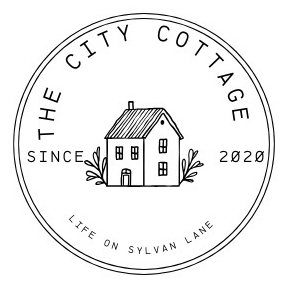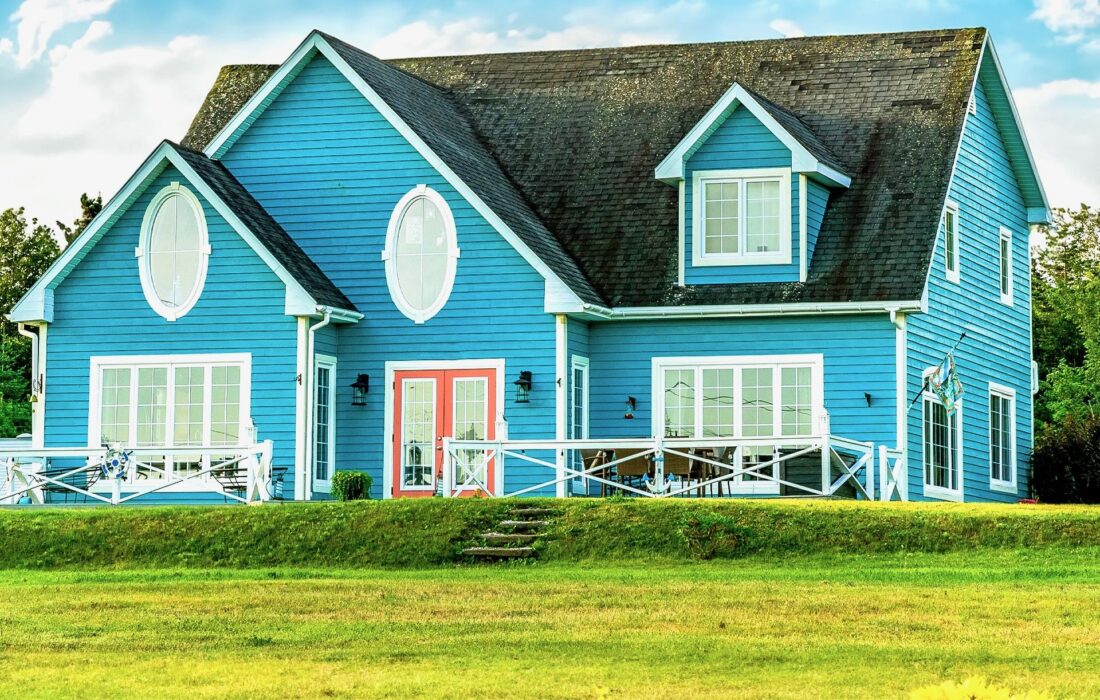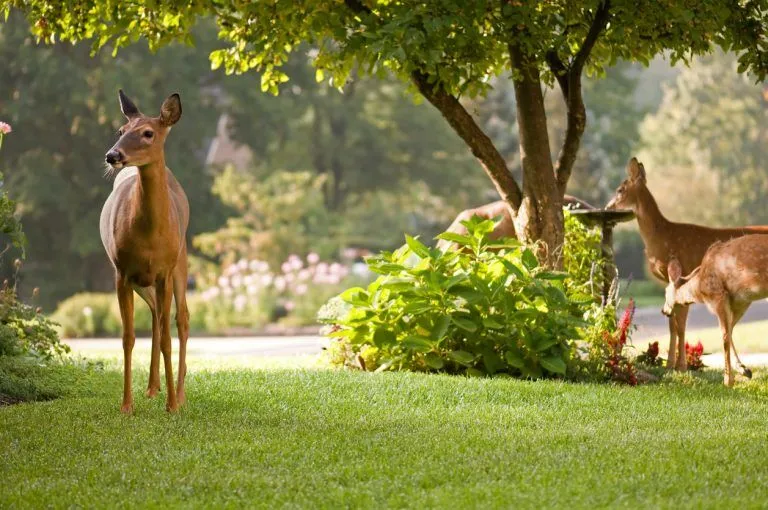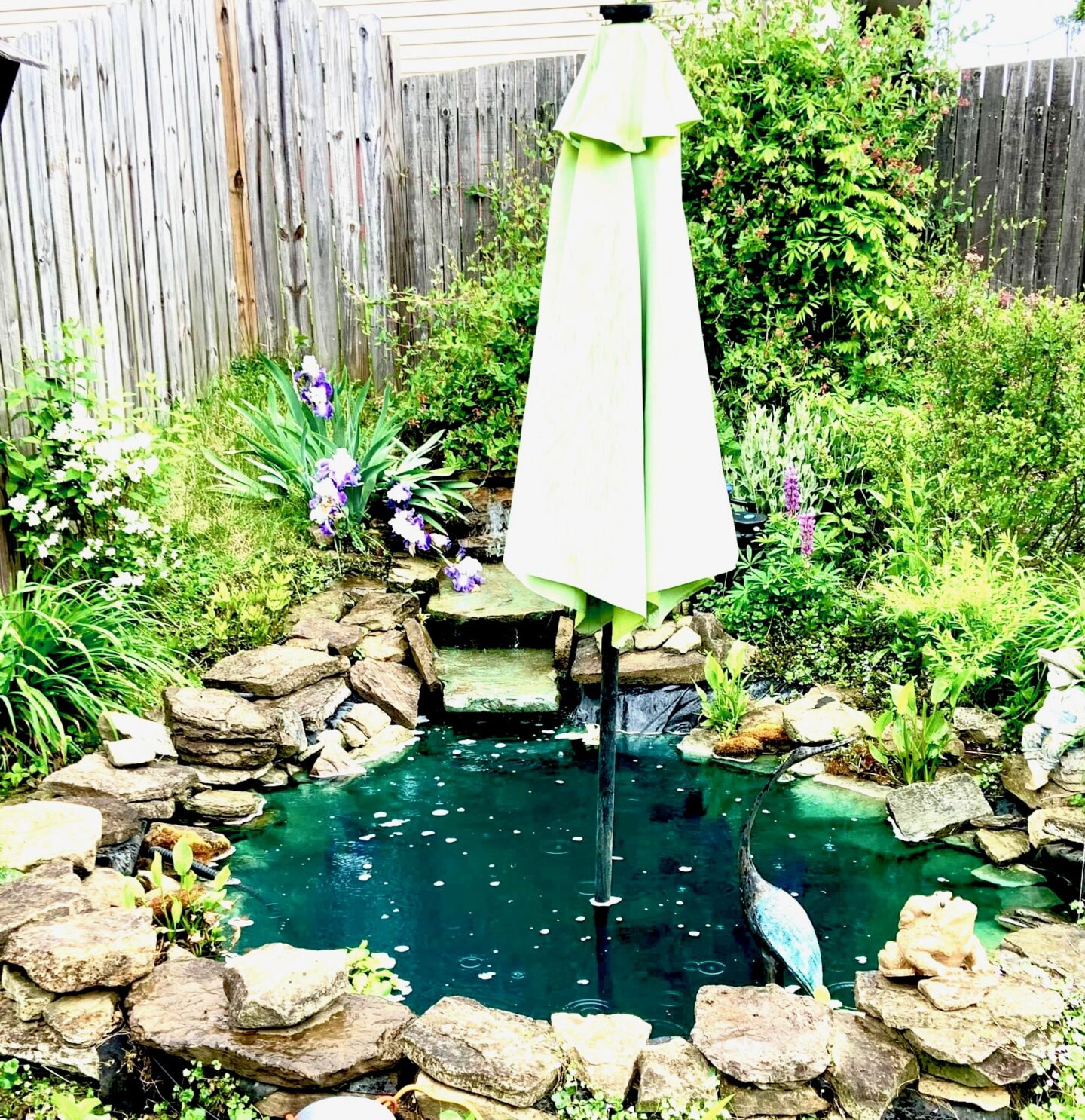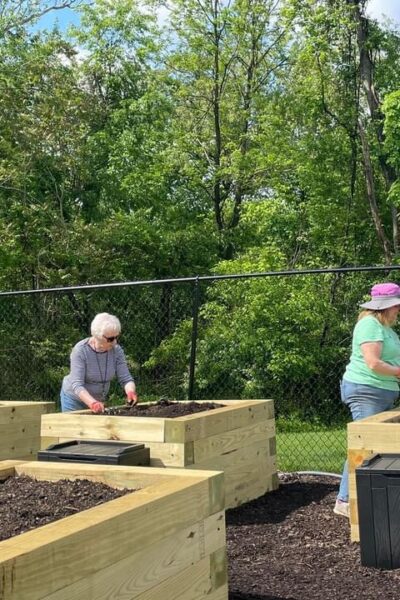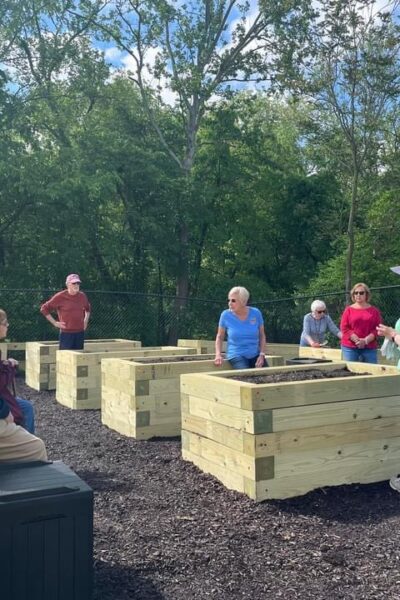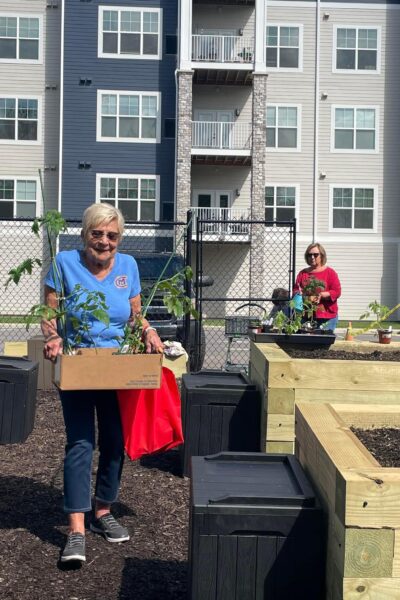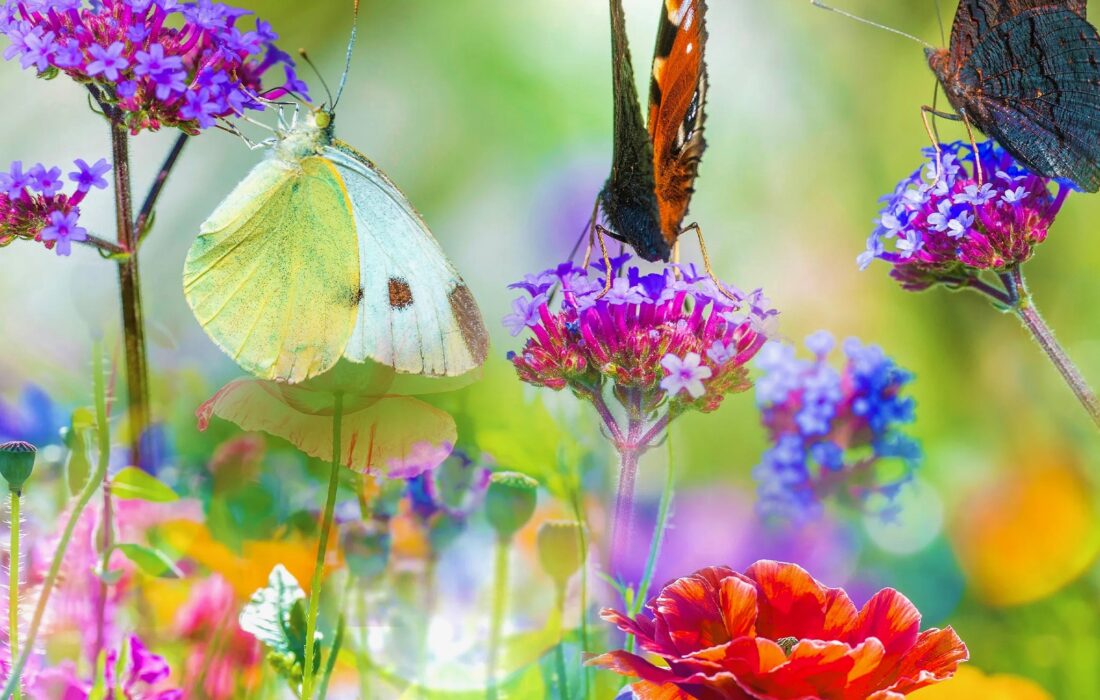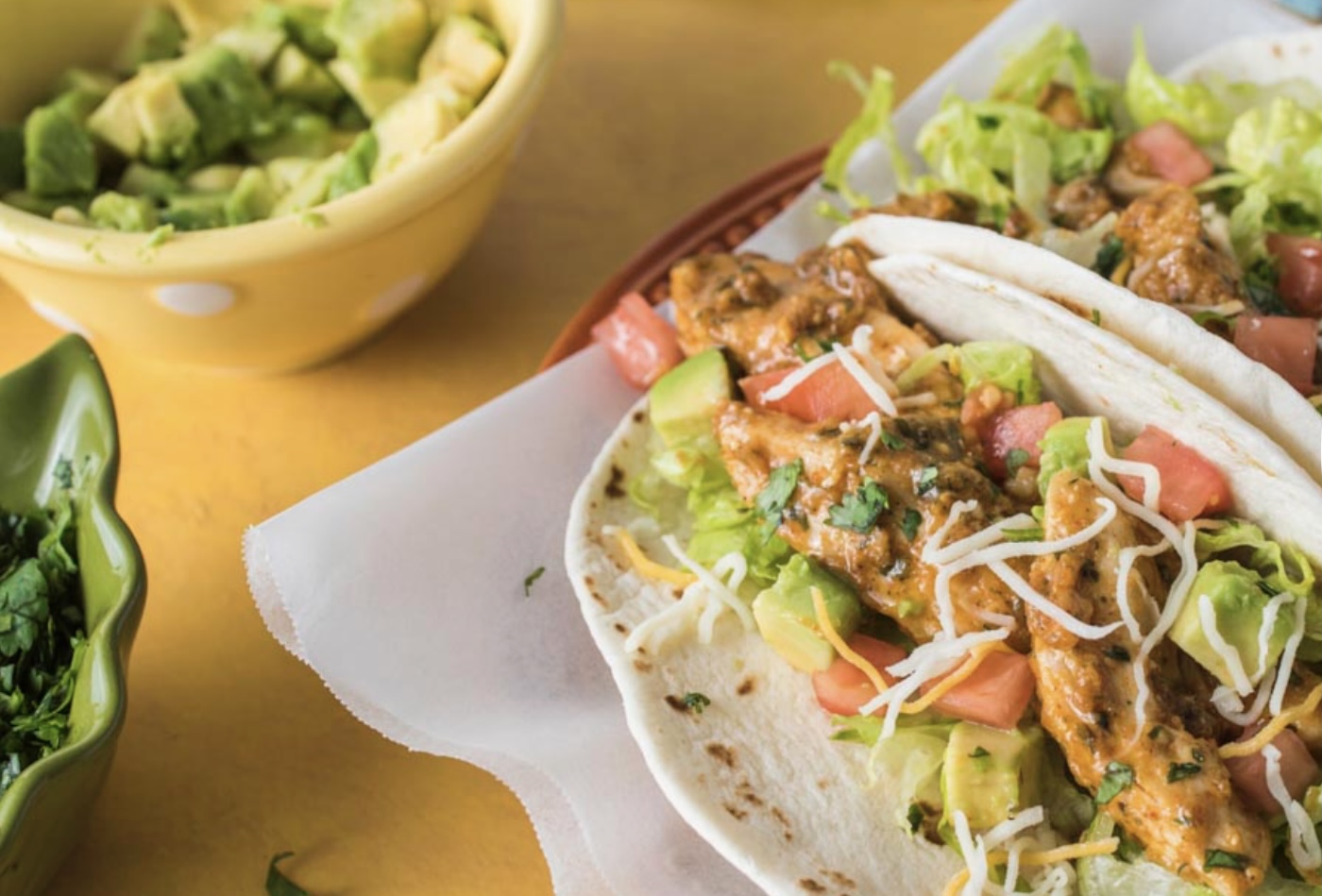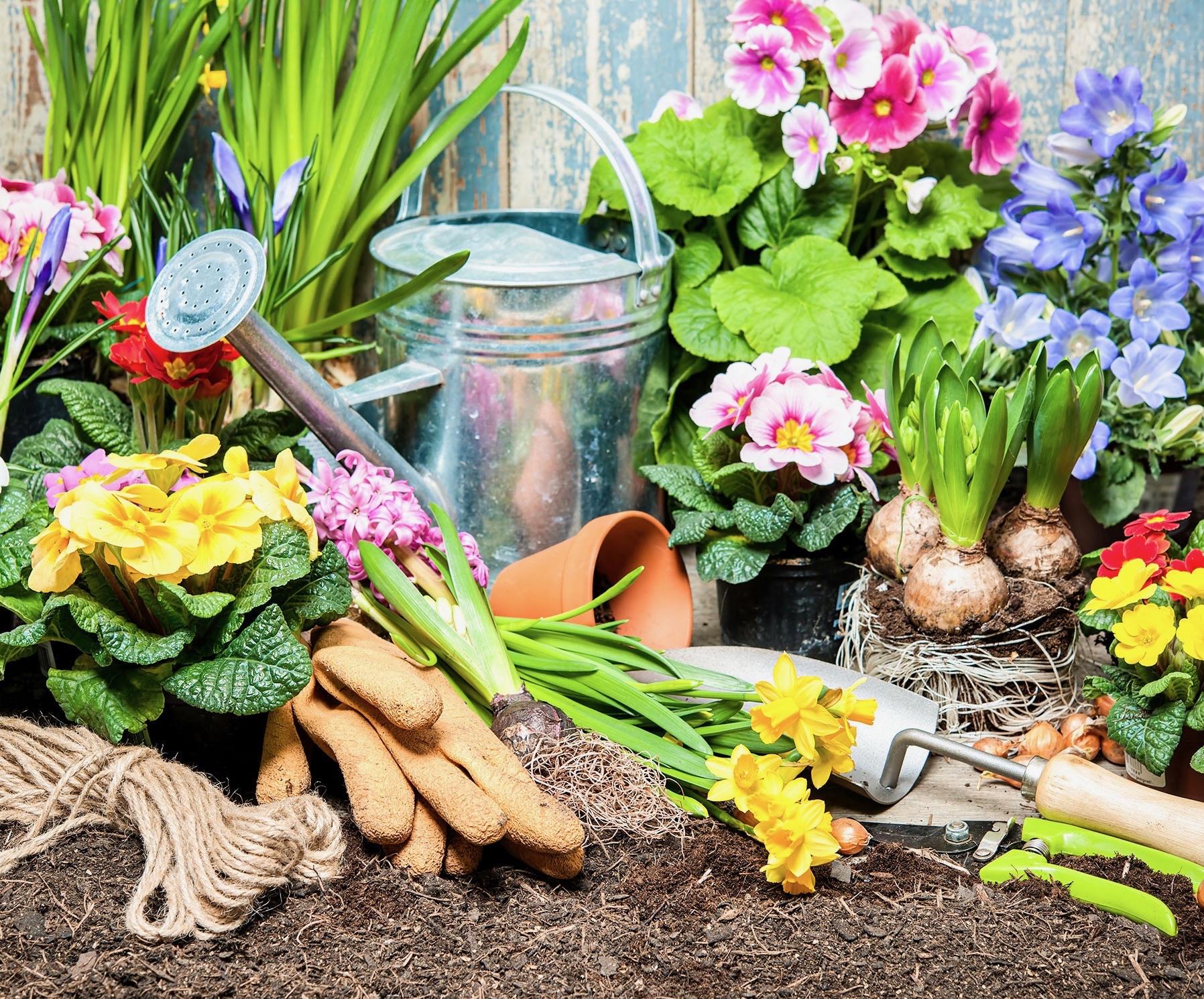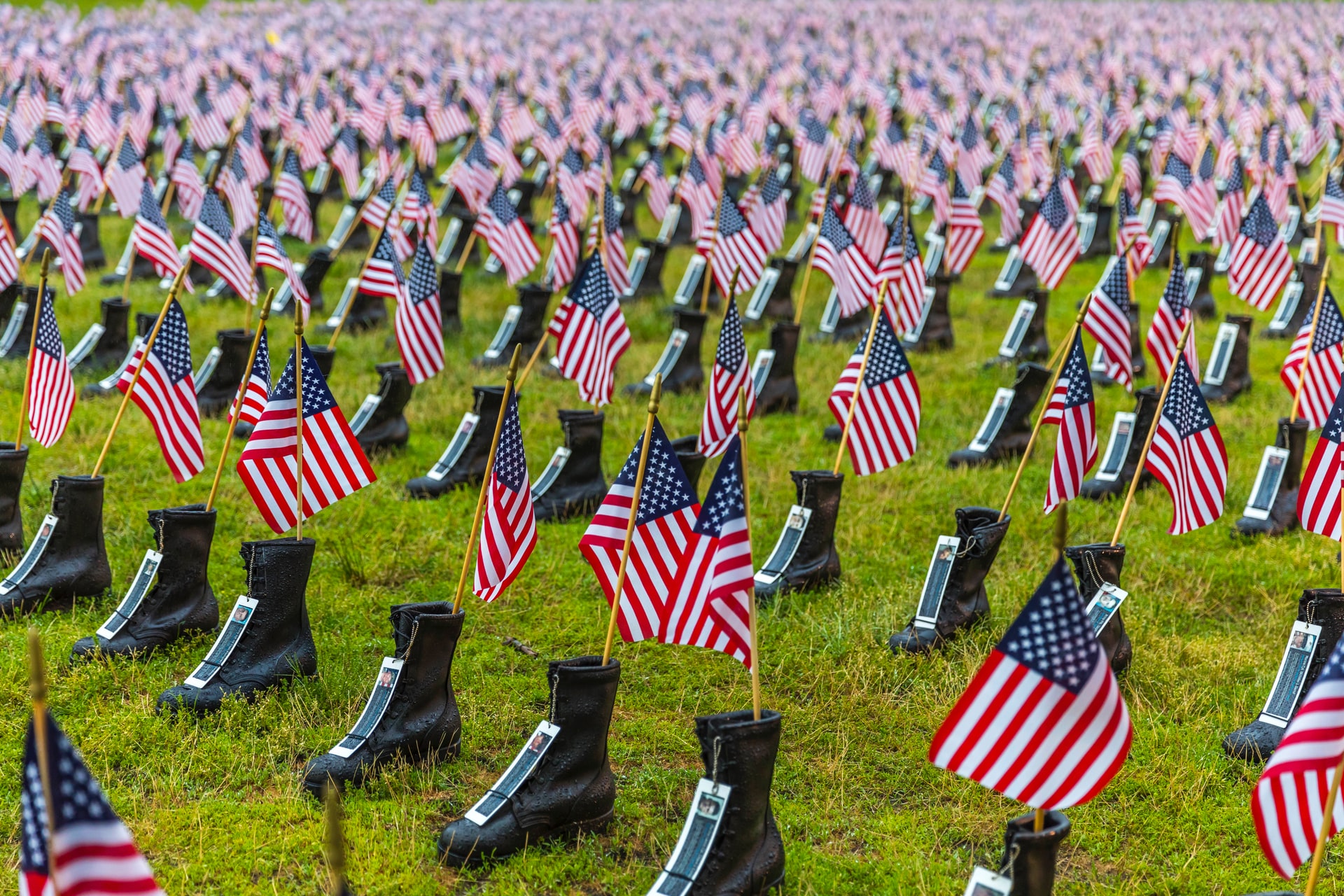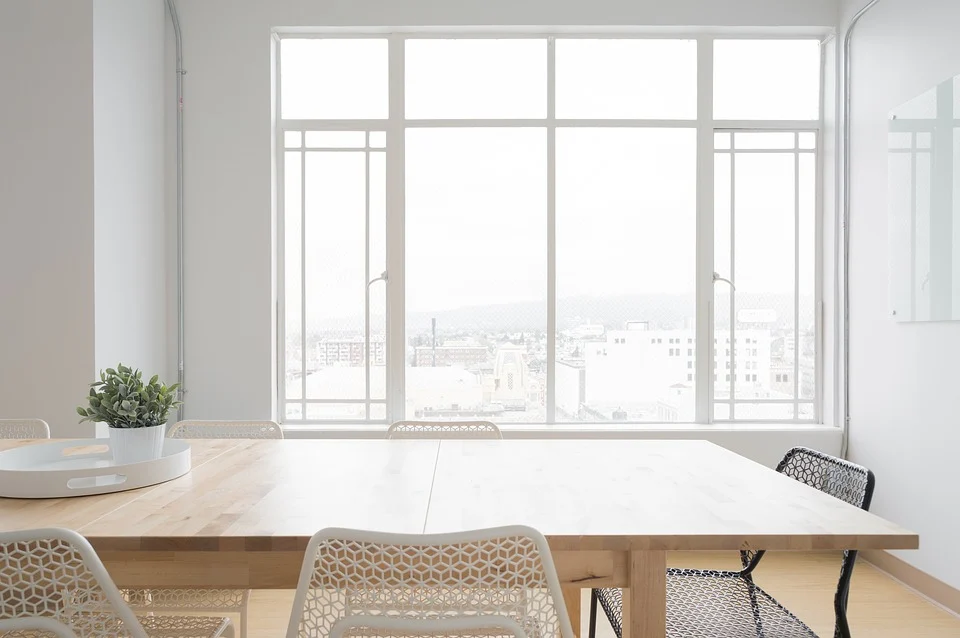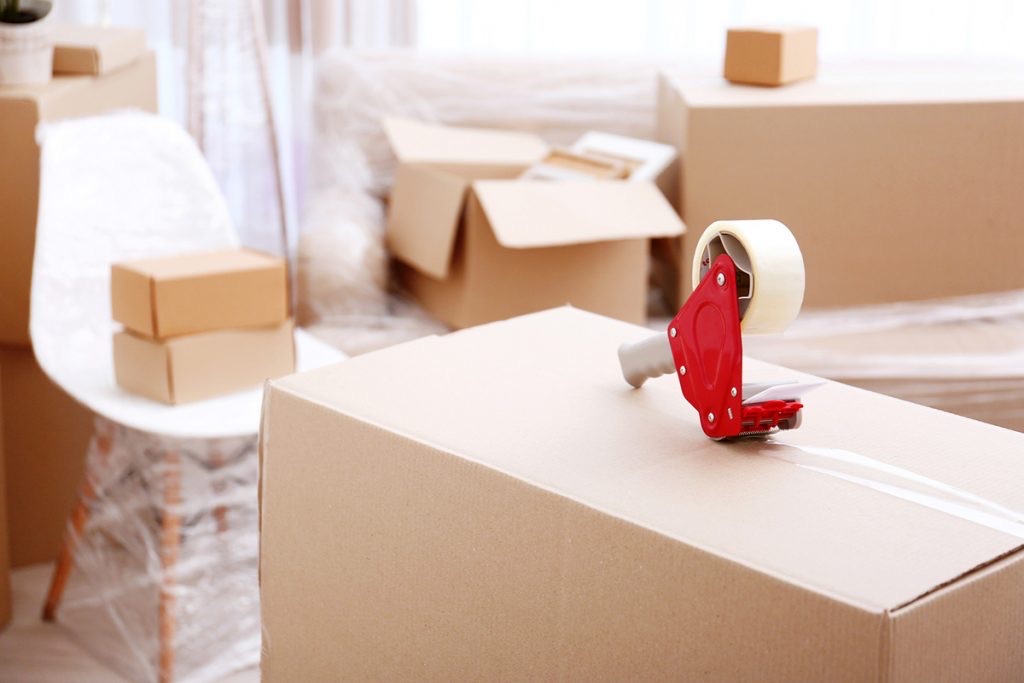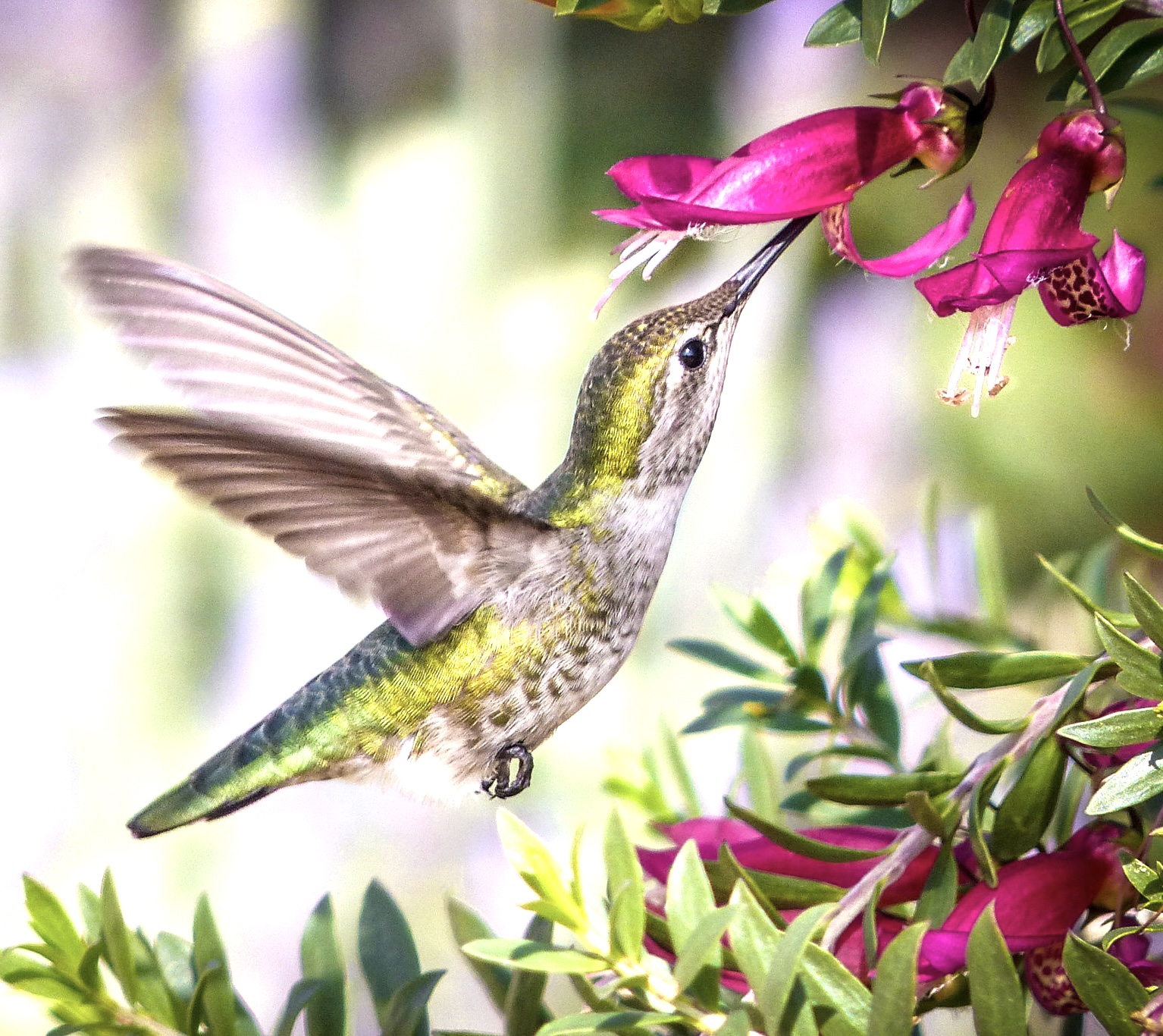Eco-Friendly Yards: The End of Lawns
Tired of the high costs, endless upkeep, and environmental toll of traditional lawns? Discover how transforming your yard can save you time, money, and support the planet!
Have you ever driven through a suburban neighborhood and noticed how monotonous it all looks? The same cookie-cutter houses with identical patches of green grass, maybe with a token tree or two. It’s so boring, right? There’s just nothing there to offer. Well, it’s time to shake things up and embrace a new vision for our yards—one that celebrates diversity, supports the environment, and lets our personalities shine through it should be no surprise that as a homeowner today, the front yard should be an extension of your interior style.
If you truly want to optimize your property, then a boring lawn just isn’t the way to go! So, let’s talk about why the traditional lawn needs to be revisited and why homeowners should welcome and optimize your plants and flowers, to add creativity into your outdoor spaces. It also will not hurt if you ever have the need to sell. It is money in the bank.
Of course if you’re in an HOA, you’re going to have some limits as a lot of them do expect houses in their association/ neighborhood to have a lawn. But taking that out of account, here are our 12 Eco-Friendly Ideas Guide for more options than just lawns. So, let’s dive right in!
Why Lawns Are Bad for the Environment
Fortunately, this is something that’s slowly gaining more attention, especially due to the fact that climate change has been massive and people are finally caring more about their actions and the actions of others (and yes, vast changes in habitat contribute too).
Bluntly put, this little “piece of nature” barely seems to be nature at all! It doesn’t help. Instead, it’s harming the environment, and yes, it’s harming wildlife too! Honestly, it would be a good idea to reach out to experts and a good place to start is to speak with Eden’s Garden Design and look into landscaping a yard that’s environmentally friendly, because a basic lawn just isn’t cutting it. So, in what ways exactly is this bad for the environment?
The Water Guzzler: Lawns and Water Waste
One of the biggest environmental drawbacks of lawns is their insatiable thirst. Actually, the Environmental Protection Agency has stated that the average American family uses 320 gallons of water per day, about 30% of which is devoted to outdoor uses. More than half of that outdoor water is used for watering lawns and gardens. This means we’re pouring millions of gallons of precious water resources into maintaining grass that doesn’t serve any practical purpose. I was shocked with those statistics, you too?
We really have to keep in mind that in many parts of the world, especially in regions prone to drought, this is not just wasteful—it’s irresponsible. There are countless other plants that are far less demanding when it comes to water needs.
So, native plants, for example, have adapted to local climate conditions and can thrive without the constant need for irrigation. So, just by replacing grass with a variety of drought-resistant plants, as homeowners we can significantly reduce our water usage and contribute to the conservation of this vital resource.
Chemical Warfare: The Hidden Harm of Lawn Care
To keep lawns looking their best, many homeowners resort to a cocktail of fertilizers, pesticides, and herbicides. Now, it’s understandable because the second there’s a weed, it sticks out like a sore thumb. These chemicals might give the grass a lush green appearance, but they come at a steep environmental cost. But that’s not the only issue either; there’s also the runoff from lawns treated with chemicals that can pollute local waterways, harming aquatic life and degrading water quality.
It still doesn’t even end there, either! Actually, the production and application of these chemicals contribute to air pollution and greenhouse gas emissions. Lawns, which are often touted as “green” spaces, are ironically quite the opposite when you consider the environmental impact of maintaining that verdant hue.
So, just by moving away from traditional lawns and towards more sustainable landscaping options, we can reduce our reliance on harmful chemicals and help protect our ecosystems.
Where’s the Variety? Lawns Lack Life
Have you noticed there are fewer bugs nowadays? I see you clapping. I don’t like bugs either. But no bugs is not a good thing! Actually, that’s really bad! You have to keep in mind that a typical lawn is a monoculture—it’s dominated by a single species of grass, which doesn’t provide much in terms of habitat or food for wildlife. This lack of biodiversity means that lawns offer little support to local ecosystems. You want a haven of pollinators, and again, grass just doesn’t provide any of that.
Instead, you need to start by planting a diverse array of species. Actually, it’s ideal to try to create a mini-ecosystem right in your backyard. It’s so important to support wildlife, and this is a great way to do so. Who doesn’t like to watch the deer, the birds, the squirrels, etc.
Time and Money Pit: The True Cost of Lawns
So, it’s best to understand that maintaining a pristine lawn is a time-consuming and often expensive thing. Just think about it: you have to look into mowing, watering, fertilizing, and weeding can eat up hours of your week and a significant chunk of your budget. You’re probably spending at least $500 a year on maintaining this, and that doesn’t even count the lawn mower you need to buy, either!
Now, imagine if you could reclaim that time and money for something more enjoyable and fulfilling. You’d be able to have more hobbies! Seriously, just by opting for a low-maintenance landscape filled with native plants, perennials, and ornamental grasses, you can drastically cut down on the upkeep. I know I don’t miss it at all. The cost of lawn care just kept going up and up.
Plus, they’re way prettiest too! These types of plants often require less watering, fertilizing, and mowing, freeing you up to spend more time actually enjoying your outdoor space rather than constantly working on it.
The Personality Vacuum: Bland and Boring Lawns
A green lawn might be traditional, but it’s also incredibly boring. Your lawn looks like everyone else’s; do you really want that for yourself? It doesn’t say anything about who you are or what you love. Your yard should be an extension of your home and a reflection of your personality.
So, just imagine walking through a garden that bursts with colors, textures, and scents that change with the seasons. A yard filled with a variety of plants and flowers can be a true expression of creativity and individuality. Lawns don’t have a personality; they don’t spark joy, they’re so boring. Can you see a common denominator in our outside spaces as well as our inside spaces? The fact that they have to be cohesively designed and carefully planned. So that they both complement your style.
The Space Waster: Better Uses for Your Yard
Lawns are often wasted space—areas that could be used for so much more. Seriously, just think about all the ways you could transform your yard if you didn’t have to maintain a sea of boring grass. You could create a vegetable garden and enjoy fresh, homegrown produce.
You could plant fruit trees and enjoy seasonal harvests. You could install a pond or a water feature and create a tranquil oasis. As you can read for yourself, there are just a lot of fun possibilities that you wouldn’t have otherwise.
Kill the Lawn: Exploring Your Options
Alright, not literally killing the lawn, but putting an end to this boring water-guzzling, overpriced, environmentally harmful, time-wasting concept (quite a mouthful, right?). Well, yes, there are definitely options out there; honestly, there are plenty! You can look at garden magazines, Pinterest, Architectural Digest, and books. or even reach out to a landscaper for ideas. But here are some you might want to consider, too!
Start Filling It Up: Embrace Native Plants
It was mentioned above a lot, but it still needs some more attention. So, native plants are a fantastic alternative to traditional lawns. These plants are well-adapted to the local climate and soil conditions, which means they require less water, fertilizer, and overall maintenance. But that’s not all, as native plants provide critical habitat and food sources for local wildlife, helping to support biodiversity. I am all about eco-friendly outdoors as well in my home. Are you taking advantage of the many eco-friendly home products?
Welcome Wildlife with A Pollinator Garden
This was briefly mentioned above too, but pollinator gardens are a wonderful way to support local bee and butterfly populations, which are crucial for pollinating many of the crops we rely on for food. Basically, just fill up your garden with flowers, they’re so pretty and you just can’t go wrong with it. You will have visitors in a vert short time. I’m not crazy about these but now I when it comes to butterflies, I am an aw. The firing colors and their gracefulness. How about you? Do you like butterflies?
Grow Your Groceries: Edible Landscaping
Our Gardeners here at Encore on the Lake
Why not turn your yard into a source of fresh, delicious food? Actually, groceries are so expensive nowadays, and this is seriously the best way to save money on food for your family!.
Plus, homegrown produce tends to taste so much better! There’s something incredibly satisfying about growing your own food, and it can be a great way to teach children about where their food comes from. Plus, many edible plants are just as beautiful as ornamental ones, so you don’t have to sacrifice aesthetics for functionality.
Rain Gardens: Sustainable and Beautiful Yards
So, these types of gardens aren’t super popular, but they still deserve some attention! So, rain gardens are designed to capture and absorb rainwater runoff from roofs, driveways, and other hard surfaces. These gardens are typically planted with a mix of native plants and grasses that thrive in wet conditions.
So, why something as unusual as this? Well, they’re just really pretty! They’re also an excellent way to make your home more environmentally friendly and resilient to heavy rainfall.
There is also rainwater harvesting. That’s the collection and storage of rain, rather than allowing it to runoff. It is generally collected from your roof and downspouts. It is collected for storage and subsequent used. It’s uses include water and gardens, livestock, and irrigation.
You are probably more familiar with the terminology of rain barrels. Today these are used as decorative and useful for watering plants without using your homes water. Therefore saving a little money, a little money goes along way,
Conclusion
Transforming your yard from a traditional lawn into a vibrant, eco-friendly space is a win for both you and the environment. Imagine less time mowing and more time enjoying a beautiful, low-maintenance garden. Native plants, pollinator gardens, and edible landscaping not only enhance the beauty of your yard but also support local wildlife and reduce your water usage. Plus, these changes can save you money and reflect your unique personality. Embrace the change and create a yard that’s full of life and color. Ready to ditch the dull, green carpet and try something new? Your journey to an eco-friendly yard starts today. Let’s make our neighborhoods more interesting and sustainable, one yard at a time!
Before You Go
As always, I appreciate your visit, comments, and shares here on the blog! I’d love it if you also follow along with me on Pinterest, Instagram, and Facebook so you won’t miss any of my inspiration and ideas.
QUESTION:
Are you already a subscriber of The City Cottage? If not, sign up below to exclusive access to The Vault, filled with loads of organizing and home decorating + so much more! We are continually adding to it!
Before You Go . .
Enjoyed this post? Let’s stay connected!
📌 Follow me on Pinterest for daily home inspiration!
📷 Join me on Instagram for behind-the-scenes styling tips.
🛍 Shop my favorite home finds here.
📧 Subscribe to my newsletter for exclusive styling tips & freebies!
This post may contain affiliate links. This means I may earn a small commission at no extra cost to you when you make a purchase. Thank you for supporting The City Cottage!
